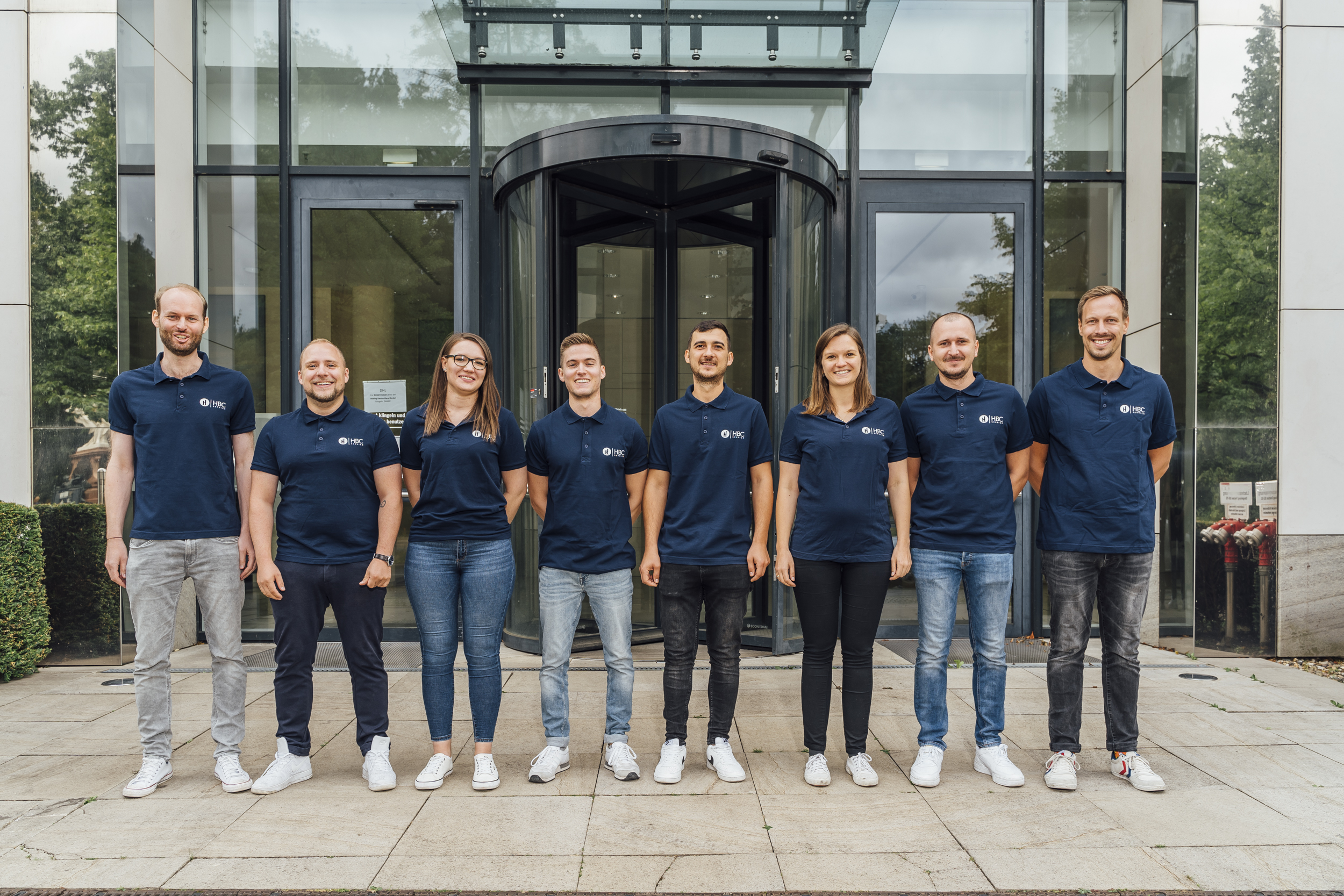What technologies can we use to improve our facility management?
In this article, we discuss examples of successful procedures based on technical facility management
Facility management (FM) is increasingly evolving from a purely operational task into a data-driven, strategic area. New technologies are opening up opportunities for efficiency increases, cost reductions and more sustainable operating models. However, companies need to take a targeted approach in order to realize this potential. In the following, we look at key starting points.
a) How can we get more out of our data?
The key to technological progress in FM lies in the available data. Although building sensors, maintenance logs and operating data are abundant, they are often fragmented. To create added value, this data must first be cleansed, standardized and integrated. Studies show that the quality of sensor data is crucial, as incomplete or incorrect values can invalidate any form of analysis [Journal of Big Data, 2020].
Data fusion methods can be used to combine different sources, which significantly increases the informative value. For example, vibrations, temperature values and historical maintenance logs can be used together to predict failures [ScienceDirect, 2020]. In addition, machine learning approaches help to recognize patterns in the data and make precise predictions. A study on predictive maintenance in building operations shows that AI models can identify fault conditions at an early stage, which minimizes failures and reduces costs [MDPI Sensors, 2021].
b) Explore the possibilities of using technology
The most important technologies include IoT sensors that provide real-time information on temperature, air quality, humidity and energy consumption. This allows deviations in operation to be detected quickly [MDPI Sustainability, 2024].
Another trend is the use of digital twins, i.e. digital images of buildings that enable simulations and scenario analyses in conjunction with sensor data. This method increases transparency and facilitates predictive maintenance [MDPI Sustainability, 2024].
AI-supported predictive maintenance systems are also becoming increasingly important. They help to carry out maintenance in line with demand rather than at fixed intervals. A study on MEP components (mechanical, electrical and sanitary systems) shows that machine learning can be used to create reliable forecasts for maintenance requirements [ScienceDirect, 2019].
c) Take steps
In order to introduce such technologies, companies should proceed in a structured manner. First of all, a needs analysis is necessary: What problems are to be solved - unplanned downtime, high energy consumption or inefficient use of space? A pilot project is then a good idea, in which sensors and analytics are tested in a clearly defined area. Only after successful evaluation should the solution be gradually scaled up.
Scientific literature emphasizes that pilot projects in particular are crucial for identifying and addressing technical hurdles and organizational barriers at an early stage [MDPI Sensors, 2021].
d) Avoid gimmicks
Not every technology makes sense. Companies should stay away from short-term "technology hype" and always ask themselves whether a solution offers real added value. Without a clear ROI, IoT or AI projects quickly become costly experiments. A study highlights that a lack of target definitions often leads to FM technologies being used inefficiently [MDPI Sensors, 2021].
e) Supporting people
Technology can only be effective if employees accept and understand it. This is why training and change management are crucial. Mobile apps and augmented reality solutions can make the work of technicians easier by providing step-by-step instructions or remote support. It is crucial that employees do not feel they are being replaced, but supported [MDPI Sustainability, 2024].
f) Pay attention to integration problems
Incompatible systems are a common obstacle. Different BMS, CMMS and ERP solutions often work in silos. To overcome this hurdle, open standards such as IFC or JSON and middleware solutions should be used [MDPI Buildings, 2024].
IT security is equally important: connected IoT devices present new attack surfaces and require encryption, access controls and continuous monitoring [FieldCircle, 2023].
g) Involving the supply chain
Finally, the supply chain should also be included in the technology integration. By connecting the CMMS to the ERP system, spare parts availability, stock levels and delivery times can be mapped transparently. This ensures that predictive maintenance does not fail due to a lack of materials. According to an analysis of CMMS-ERP integrations, optimized spare parts supply and improved inventory overview are among the greatest benefits [FieldCircle, 2023].
Conclusion
Digitalization opens up numerous opportunities in facility management. From IoT sensor technology and AI-supported analyses to digital twins, companies can make processes more efficient, sustainable and predictive. However, a step-by-step, targeted approach that takes data quality, employee involvement, integration and supply chains into account is crucial. Only then will technologies develop their full potential - and avoid the reputation of being a mere gimmick.
-
Sources:
[1] Journal of Big Data, 2020: Sensor Data Quality: A Systematic review. https://journalofbigdata.springeropen.com/articles/10.1186/s40537-020-0285-1
[2] Science Direct, 2020: Improving Data Quality of Low-cost IoT Sensors in Environmental Monitoring Networks Using Data Fusion and Machine Learning Approach.
https://www.sciencedirect.com/science/article/pii/S2405959520300862
[3] MDPI Sensors, 2021: Predictive Maintenance in Building Facilities: A Machine Learning-Based Approach.
https://www.mdpi.com/1424-8220/21/4/1044
[4] MDPI Sustainability, 2024: Optimizing Facilities Management Through Artificial Intelligence and Digital Twin Technology in Mega-Facilities.
https://www.mdpi.com/2071-1050/17/5/1826
[5] Science Direct, 2019: Data-driven predictive maintenance planning framework for MEP components based on BIM and IoT using machine learning algorithms.
https://www.sciencedirect.com/science/article/abs/pii/S0926580518308562
[6] MDPI Buildings, 2024: Enhancing Facility Management with a BIM and IoT Integration Tool and Framework in an Open Standard Environment.
https://www.mdpi.com/2075-5309/15/11/1928
[7] FieldCircle, 2023: CMMS Integration With ERP System: Benefits, Challenges, and Solutions.
https://www.fieldcircle.com/articles/cmms-integration-with-erp/






